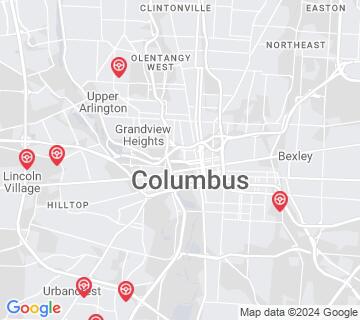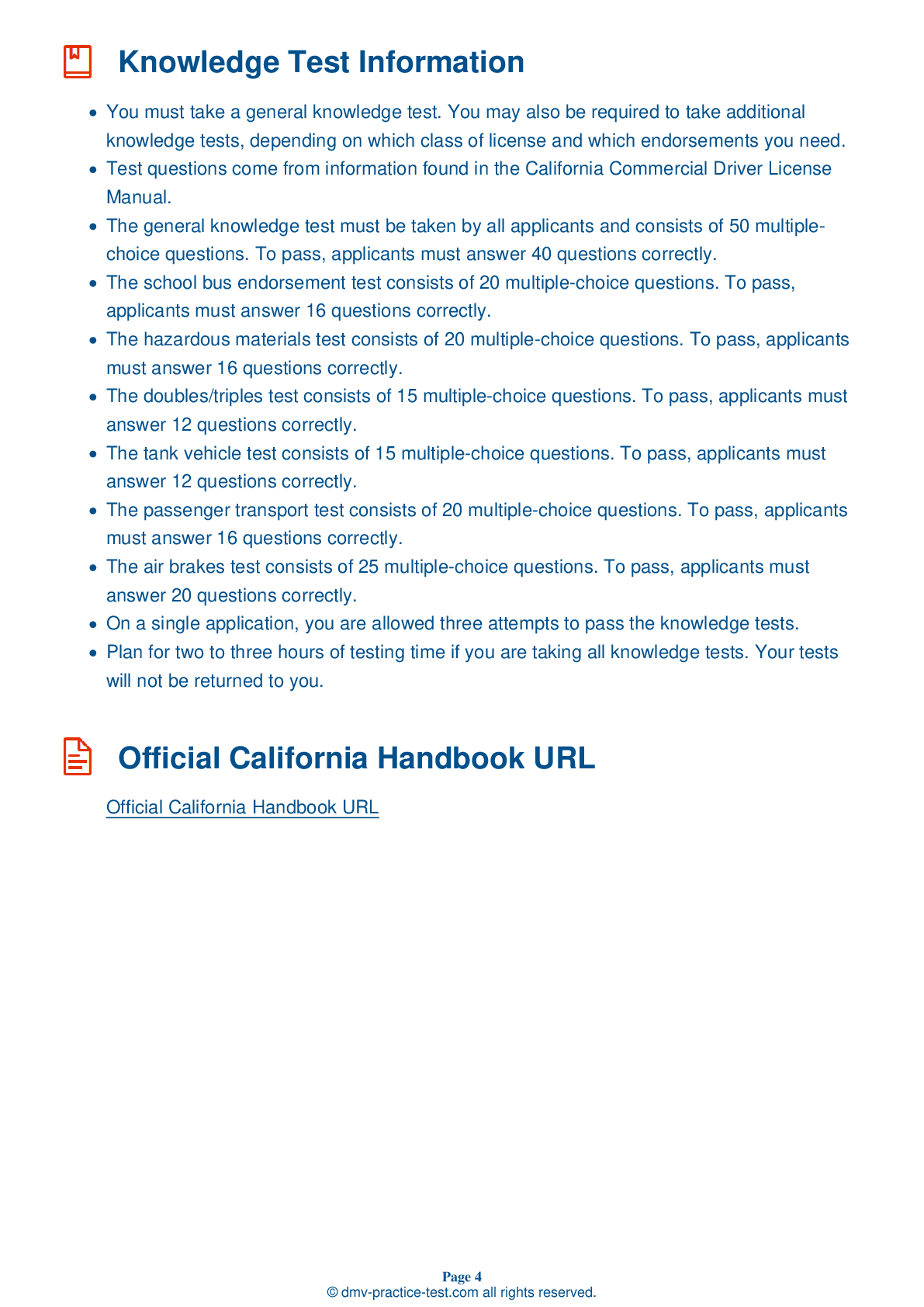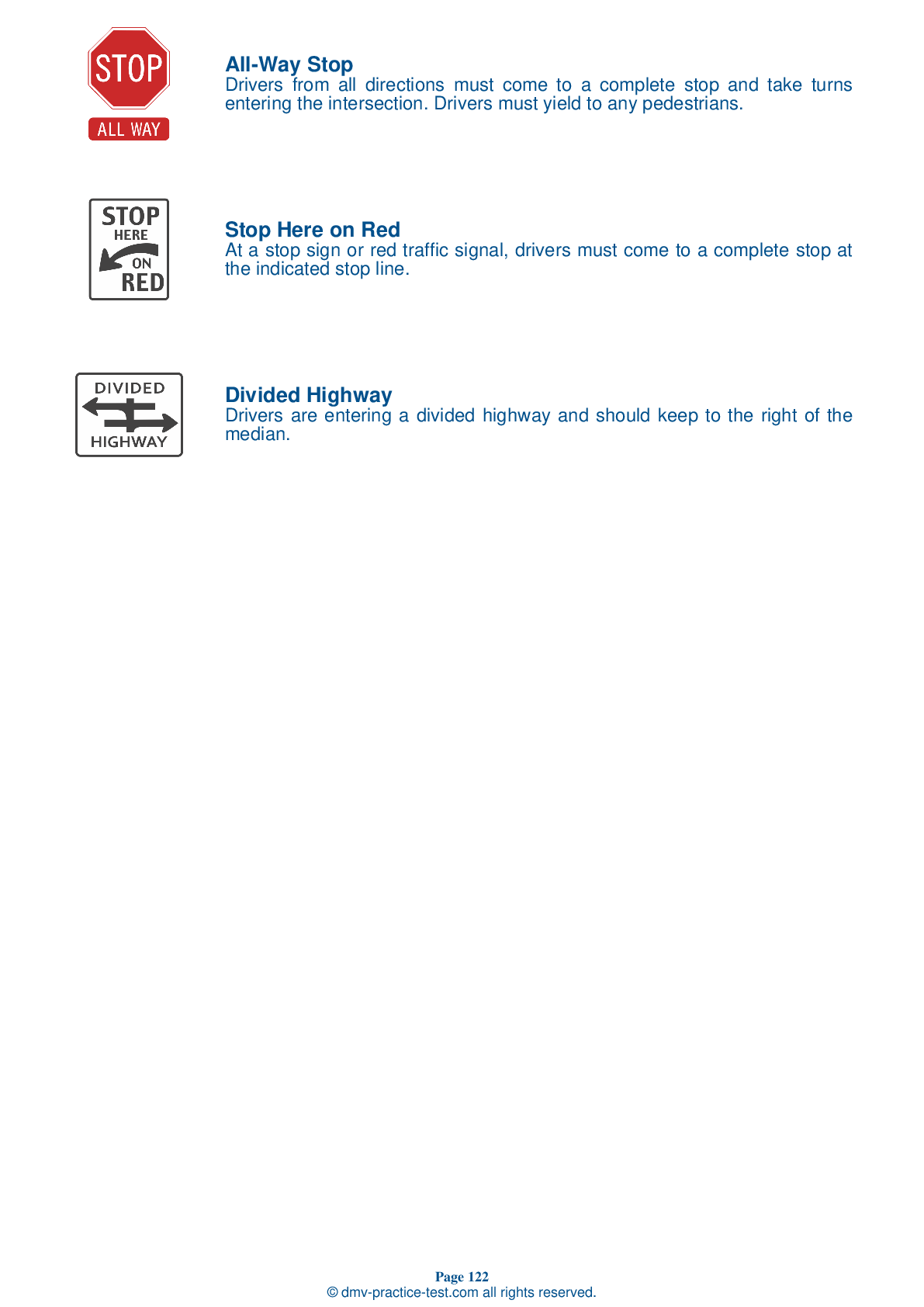FREE California CDL Knowledge Class B License Practice Test 2024 Page 7 of 7
Train for FREE online with our California knowldge class B license test. The official exam test consists of several obligatory parts, with all of them checking your knowledge of different blocks of road rules. If you need to obtain a CA CDL class B permit in 2021, practice as much as possible. Free sample tests published on our website will help you check and improve your knowledge and boost your grades. Please bear in mind that CDL class B requirements may vary from state to state.
This licence is necessary for operating a single vehicle with a GVWR of more than 26,000 pounds, a three-axle vehicle weighing more than 6,000 pounds, a bus (excluding a trailer bus), or any farm work vehicle, with endorsement. Applicants must pass a 50-question test to obtain this licence. Each question has three possible answers. To pass, candidates must properly answer 40 questions.
The California Commercial Driver Handbook is used to generate test questions. Questions are drawn from the following chapters: Introduction, Driving Safely, Cargo Transporting Safely, Air Brakes (if applicable), Combination Vehicles, Pre-Trip Vehicle Inspection Test, Basic Vehicle Control Skills Test, and On-Road Driving. Hazardous materials, Tank, Passenger, HazMat and Tank, Air Brakes, and School bus are all endorsements that may be utilised with a Class B CDL.




